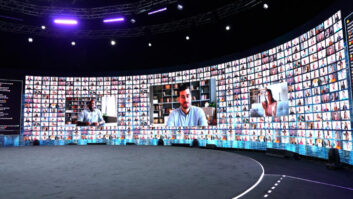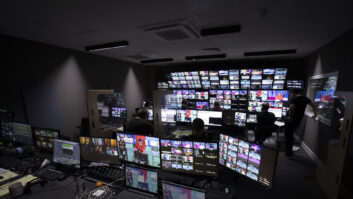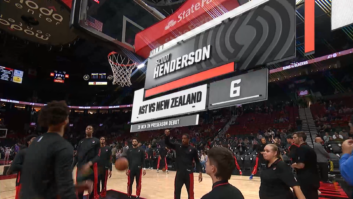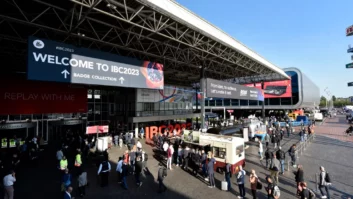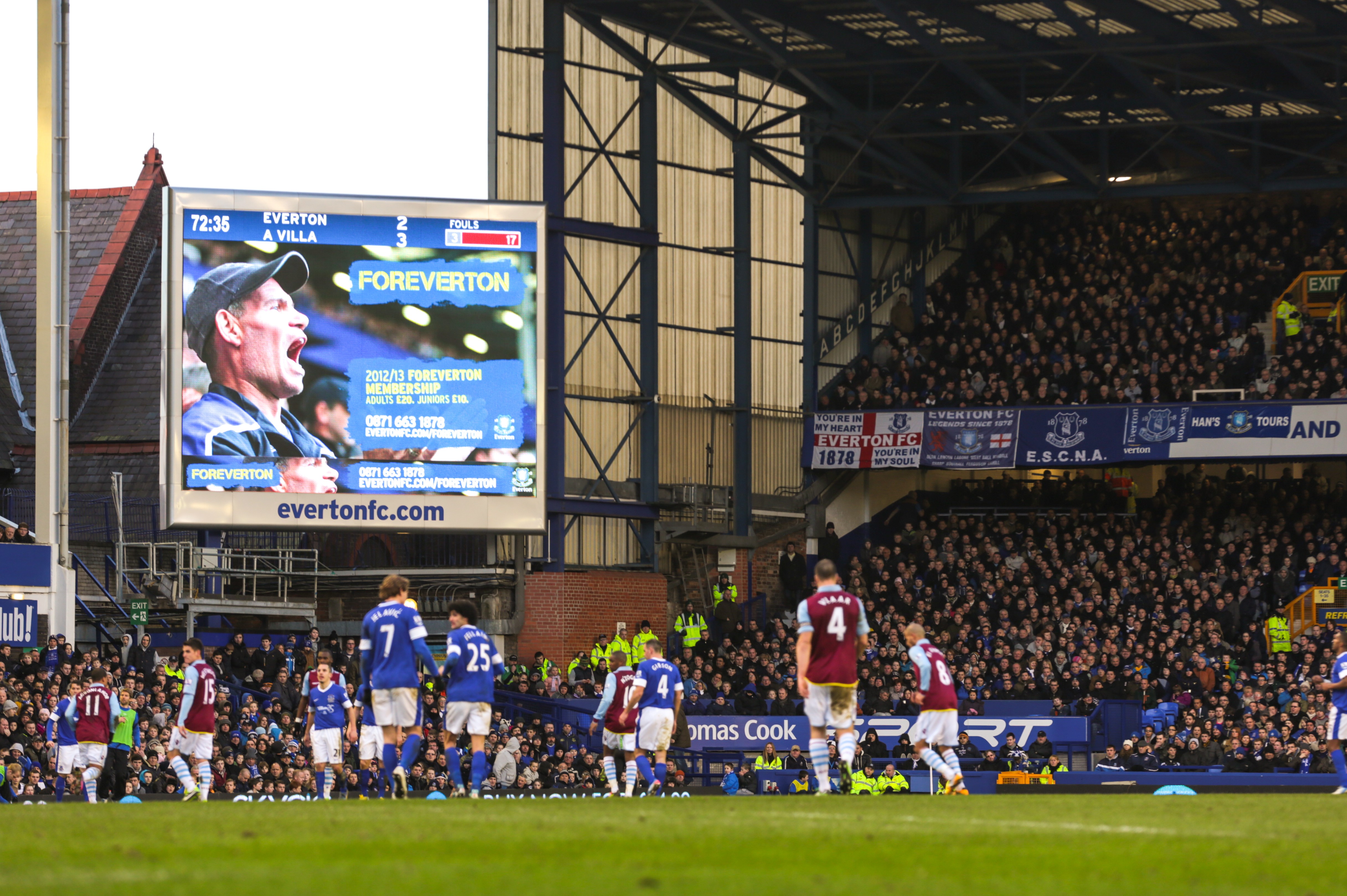
How are AV-IT convergence and AV-broadcast convergence playing out in the stadium market? Steve Montgomery reports.
The convergence of AV and IT is occurring naturally as sporting venues of all sizes deploy network delivery of video and audio content. Around large stadiums IPTV is a common feature for all concourse displays and to feed the main pitch and perimeter screens. The demands of supporters for continuous WiFi access means that these data network services are essential, not luxury items.
According to Sports Business Group, 20-30% of spectators in Europe, America and Australasia use an internet-enabled device when attending live professional events, rising to 50% and above in the Far East and Indo-China. Consequently AV integrators need strong IT skills, and vice versa.
“We collaborate with an AV partner to fulfil installations of all sizes and types, from small sports halls to large stadiums,” explains Andy Yeo, managing director of IT specialist CCOMMIT. “In addition, manufacturers like Cisco offer large-venue support which is essential for channel planning and to achieve total site coverage.”
IT and AV integrators excited by the potential of operating within the sports industry are likely to need to invest in long-term relationship building and developing industry knowledge. “We have been involved in the sports sector for many years, building a position of trust and expertise,” says James Keen of Tripleplay. “It is an industry of relationships and partnerships where making a favourable impression on one project often leads to others. This occurs throughout the industry, across Europe; from large stadiums down to school and college sports facilities. Our role as technology developer is to create the solutions and the high-level partnerships with large organisations like HP for networking technology and with screen manufacturers. We also identify and develop opportunities with customers, bringing in local integrators to provide services and lead the project through tender and design stages leading to installation.”
Bordering on broadcast
A convergence between AV systems and broadcast is also occurring, again enabled by data networks. “Since LED screens were introduced in the late 1990s, every major European football club and many cricket and rugby grounds have them, often integrated with perimeter LED advertising,” says Geraint Williams, CEO at ADI TV. “This is a massive business, driven by the demand from commercial partners to reach the global sports TV audience which exceeds 200 million people. Displays within the stadium are becoming more integrated with other media such as TV. For example, we have seen live odds broadcast on LED perimeter displays for the benefit of the television audience. There is currently a great deal of interest in associating social media with displays in an attempt to create conversations within and beyond the venue. ”
A similar situation is apparent at racecourses, fuelled by healthy global attendances at live meetings. “Race meetings compete with all other leisure activities, not just sports events, so it is crucial that they should appeal to spectators of all ages and demographics. This stimulates considerable investment in infrastructure, of which audiovisual services and interaction with social media are a fundamental constituent,” explains Catherine Pullan, business development consultant for technical facilities company Racetech.
“Course owners throughout Europe, whether they are the large groups or independent tracks, know and understand their target markets and follow established techniques of developing solutions that will draw in crowds. At the venue itself this is a combination of the highest possible quality AV systems combined with personalised services, including network access and social media interaction, although these may be constrained to certain areas of the course. In this industry there has always been an expectation of broadcast-quality output and this is even more pertinent now as Racecourse TV is created and distributed to TV broadcasters and off-course gambling services throughout the world.”
Racecourses are unique locations within the sports world: they are very widely spread, making networked, zonal audio delivery ideal for commentary transmission. High-quality video is essential for people to see what is happening beyond their immediate vision. Courses are situated partly indoors and partly outdoors, calling for a wide variety of display technologies, and cater for a cross section of the race-going public. In addition, there may be tens of thousands of spectators on a course for a prestige meeting, such as Royal Ascot, followed by just a few thousand the following week at the same track for a smaller meeting, so the acoustic characteristic changes dramatically and areas of the course may be closed at times.
“These all put heavy and specific demands on the skills of service providers which means that they have to be dedicated and knowledgeable in the field.
Pullan continues: “It is our role and that of the system integrator to advise and steer course owners in the selection of technology and deliver reliable and effective solutions through the consultancy, tendering, installation and support process. When you consider that the new stand being built at Cheltenham requires a capital investment of over £50 million there is clearly an expectation for the highest-quality AV and IT installations and a demand to get it right.”
www.adi.tv
www.ccommit.com
www.racetech.co.uk
www.tripleplay-services.com
